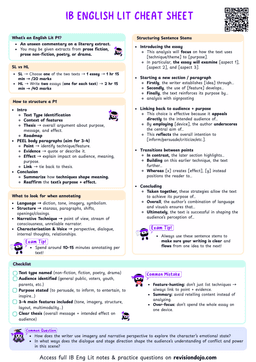Irony Comes in Three Main Forms
Irony
Irony is when there’s a gap between what is said or expected and what actually happens. This contrast creates meaning, often humorous, tragic, or critical and encourages the reader to think more deeply.
- Irony is a powerful tool that can critique, create tension, or add poignancy by revealing hidden truths.
- It comes in three main forms.
In a story where a firefighter fears fire, the situational irony underscores the character's inner conflict and fate.
Verbal Irony
Verbal irony
When a speaker says the opposite of what they truly mean.
“Brutus is an honourable man.”: Shakespeare, Julius Caesar
- Despite saying Brutus is honourable, Antony implies the opposite through his tone and examples of betrayal.
- This ironic praise is a powerful rhetorical weapon, it sows doubt and turns the crowd against Brutus without directly accusing him.
Situational Irony
Situational irony
When events turn out the opposite of what’s expected.
In “The Gift of the Magi,” a wife sells her hair to buy her husband a watch chain, only to find he sold his watch to buy her hair combs.
- Both characters sacrifice what matters most to give a meaningful gift, but those gifts are now useless.
- The twist is bittersweet: it surprises the reader, but also highlights the depth of their love and selflessness.
Dramatic Irony
Dramatic irony
When the audience knows something the characters do not.
In Titanic, the audience knows the ship will sink, but the characters believe it’s unsinkable.
- This knowledge creates tension.
- Every moment of joy or denial becomes tragic because we know what’s coming.
- It deepens the emotional impact, turning small scenes into moments of foreboding or heartbreak.


